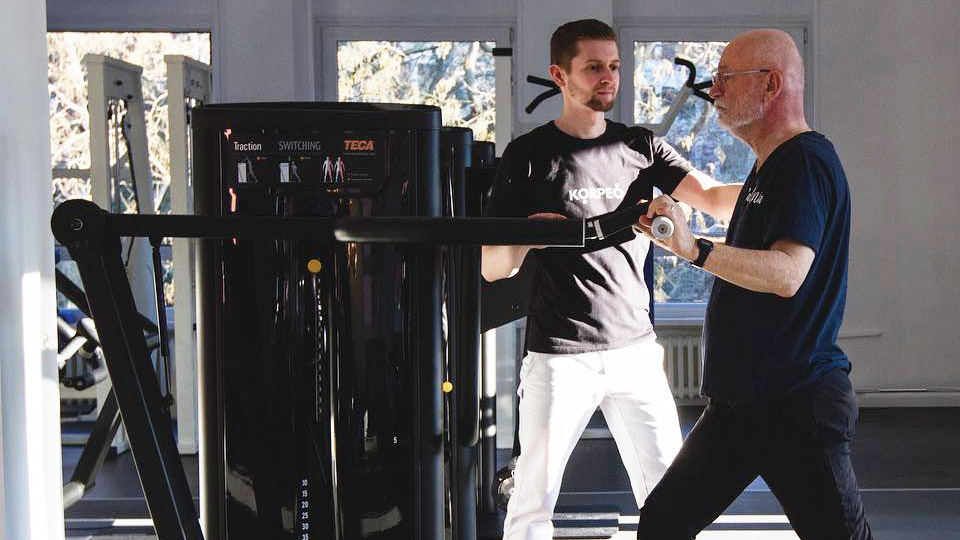By the numbers, Italy is not a country for young people. Today, almost one in four Italians – 22.8%, or 13.8 million – are over 65 years old, and according to the latest estimates from Istat, in 20 years seniors will make up more than a third of the entire population. In half a century, Italians will number just 54 million (compared to 61 million in 2015), and more than half will be over 60 years old.
Seniors in Italy (and in the world) are constantly increasing.
Italy is aging, as is the entire world, but the longevity acquired thanks to improved health conditions and advances in medicine has not only negative developments. The lengthening of life, according to the World Health Organization, can be considered both a triumph and a challenge.
A triumph because the quality of life for seniors has increased over time, allowing them to age in good health and remain active.
A challenge because such a large and growing segment of the population will need increasingly specific attention, services, and policies.”
Fitness over 60, a rapidly growing sector
Talking about seniors means dispelling, forever, the myth of the frail, lonely, and senile elderly person who lives locked up at home, far from the world and real life. These are the so-called baby boomers, born before 1960. A category with a high degree of education and high income. A segment of the population with high purchasing power that will face retirement with more financial means than the previous generation.
Today’s elderly have a new lifestyle. They love to travel, attend movies, libraries, and museums. They are the biggest consumers of coffee outside the home, go shopping to socialize, and have more care and attention for their bodies. They spend more to stay connected and are willing to invest in various physical activities.
This makes the senior segment a truly delicious morsel, a great opportunity for growth for the fitness market. This is also demonstrated by the Worldwide Survey of Fitness Trends, the annual research to identify trends in the industry conducted by several important American organizations operating in the field of physical exercise, including the American Council of Sport Medicine, the American Council on Exercise, the National Council on Strength and Fitness, and The Cooper Institute. Fitness programs for the elderly have been a very strong trend, at the top of the rankings for years.
Despite the demand for specific senior fitness products continuing to rise, many entrepreneurs in the industry are still unable to grasp the market changes and take advantage of the opportunity to do business with a new target audience.
Senior training: what does the fitness market offer today?
There are still too many gyms that focus almost exclusively on the standard customer, often forcing them to lower the quantity and quality of services offered. At the same time, seniors in the gym continue to be ghettoized and relegated to gentle gymnastics classes and long walks on treadmills.
Change is necessary and possible. The solution comes with the specialization of the offer for seniors, and in this process of change, TECA can be a valuable ally. Certainly, there are various solutions on the market for training the elderly, but the most complete and beneficial are Teca’s Stand Up upright machines. That’s why.
Stand Up, the machine for global strength that meets all the motor needs of the elderly
Stand Up technology allows those over 60 to exercise in accordance with the guidelines of the World Health Organization, which recommends that seniors engage in both aerobic and strength-training activities to stay in shape. Additionally, seniors with postural problems and at risk of falls should work on balance and coordination, according to the WHO.
With Stand Up, it’s possible to obtain all the typical benefits of aerobic and anaerobic training, improve posture, and reduce the risk of falls. Isotonic machines in an upright position allow for improving strength, balance, muscle endurance, and cardiorespiratory fitness in a single session. Additionally, it’s an excellent tool for fighting osteoporosis and sarcopenia, physiological phenomena that accompany old age.
As demonstrated by various scientific studies, during training in an upright position, the load on the spinal column is reduced by 40%, resulting in greater back protection, a fundamental objective when it comes to senior training. Statistics show that almost 70% of the elderly suffer from back pain, with numerous unfavorable repercussions on autonomy and psycho-physical well-being. In Stand Up training, the stress on the spine is less, making this type of training particularly suitable for those over 60.
Furthermore, Stand Up is an incredible tool for training static balance, a skill that deteriorates in old age. Being able to control one’s body in space becomes a real challenge for seniors, and when control is lost, postural oscillations and irregularities in gait can occur, both of which are predictive factors for falls that affect one in three seniors at least once a year.
But today, thanks to standing exercises, improving balance with Stand Up is almost like a game.
All of these features make Stand Up the only training method capable of meeting all the particular motor needs of the elderly.



